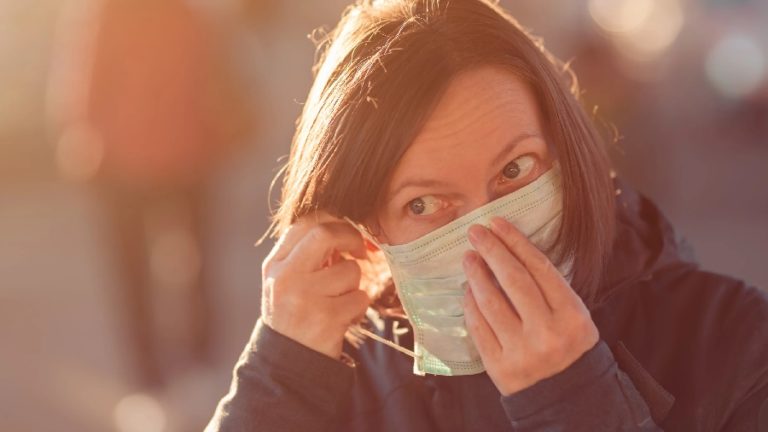
Understanding Decubitus Wound Stages
If you have suffered from a decubitus wound, you should know that there are several different stages of this type of wound. The first stage involves a skin discoloration. This discoloration varies depending on your skin tone. Often, it does not blanch when touched. The next stage is characterized by deeper skin damage. This type of wound extends below the top layer of skin and may even extend to the bone.
Stage 1
Stage 1 multiple decubitus wounds should be treated immediately because they can progress to an open wound. Treatment should begin immediately after recognizing the signs of pressure injury and should include minimizing the pressure on the affected skin. This may be accomplished by turning the patient or using a mattress topper to relieve pressure.
It is important to identify the exact location of the wound and to assess the extent of the skin loss. It is also important to note the presence of foreign bodies. The wound should also be checked for odor and infection. A proper assessment will determine whether the pressure ulcer is an infected or noninfected one.
The emergence of a stage 1 decubitus wound is often caused by a combination of internal and external factors. The combination results in a common path to ischemia and necrosis. Infection is more likely to develop in these cases if the infective agent invades deeper tissues. A severe infection can progress to periostitis, osteomyelitis, and even septic arthritis. The infection can also spread to the sinuses.
Stage 2
The best way to treat Stage 2 of a decubitus wound is to prevent infection. The wound will become infected once bacteria begin to penetrate it. Infection can lead to a life-threatening infection called sepsis. It causes the body’s immune system to attack itself and destroy tissue. Left untreated, it can cause organ failure and even death.
When this stage develops, a wound care team should focus on covering the ulcer, protecting it, and keeping it clean. The key to preventing further damage to the skin is reducing pressure on the affected area. Other important steps to consider include proper nutrition and hydration. In addition, patients should be regularly repositioned to decrease pressure on the affected area. A wound assessment should be done on a weekly basis.
In many cases, a pressure ulcer, or bedsore, is the result of prolonged pressure on the skin. This condition is especially common among people with limited mobility or those on bed rest. Identifying and treating pressure ulcers early will improve the patient’s quality of life, reduce pain, and increase recovery time.
Stage 3
A decubitus pressure ulcer is a serious condition that requires special care. A pressure-relieving mattress or special bed may be necessary to help the patient deal with the pain and pressure that the ulcer brings. If left untreated, pressure ulcers can spread and damage muscle and bone. They can be life-threatening and often require surgery.
In stage 1, the skin is discolored and does not blanch when pressed with a finger. Stage 2 involves superficial damage to the skin and may be an intact or ruptured serum-filled blister. In stage 3, the wound is full-thick and involves the fatty layer underneath. The area may also show underlying bone, muscle or tendon.
If the pressure ulcer has not been treated properly, it can advance to Stage 3. Stage 3 pressure sores can be life-threatening and require the assistance of a qualified wound care specialist. Proper care can save healthy tissue and promote healing of a severe bedsore.
Stage 4
A decubitus ulcer is a serious condition that can occur in patients with spinal cord injuries or multiple sclerosis. The body tries to fight the infection, but it can’t be successful and develops sepsis. Sepsis is fatal if left untreated, but it can be treated. In a recent study by Kaiser Health News and the Chicago Tribune, nursing homes consistently failed to treat conditions that could lead to sepsis. Proper medical care and prevention can help nursing home residents live longer and avoid complications.
This condition develops when the skin breaks and exposes the surrounding fatty tissues. The wound is exposed to the air and forms a small crater-like shape. It may also contain pus. It may even extend to bones or muscles. In stage four, the ulcer may be infected with bacteria and may require surgical intervention.
Stage 4 is the most serious form of pressure injury and can affect bones and muscles. In severe cases, it can lead to septic shock. This type of pressure wound is particularly dangerous for people with limited mobility. Patients need to be moved or turned regularly to keep the pressure from affecting the surrounding tissues. Additionally, people with prosthetic limbs should avoid sitting or lying in the same position for long periods of time. Proper fitting devices will reduce the chance of skin irritation.


















